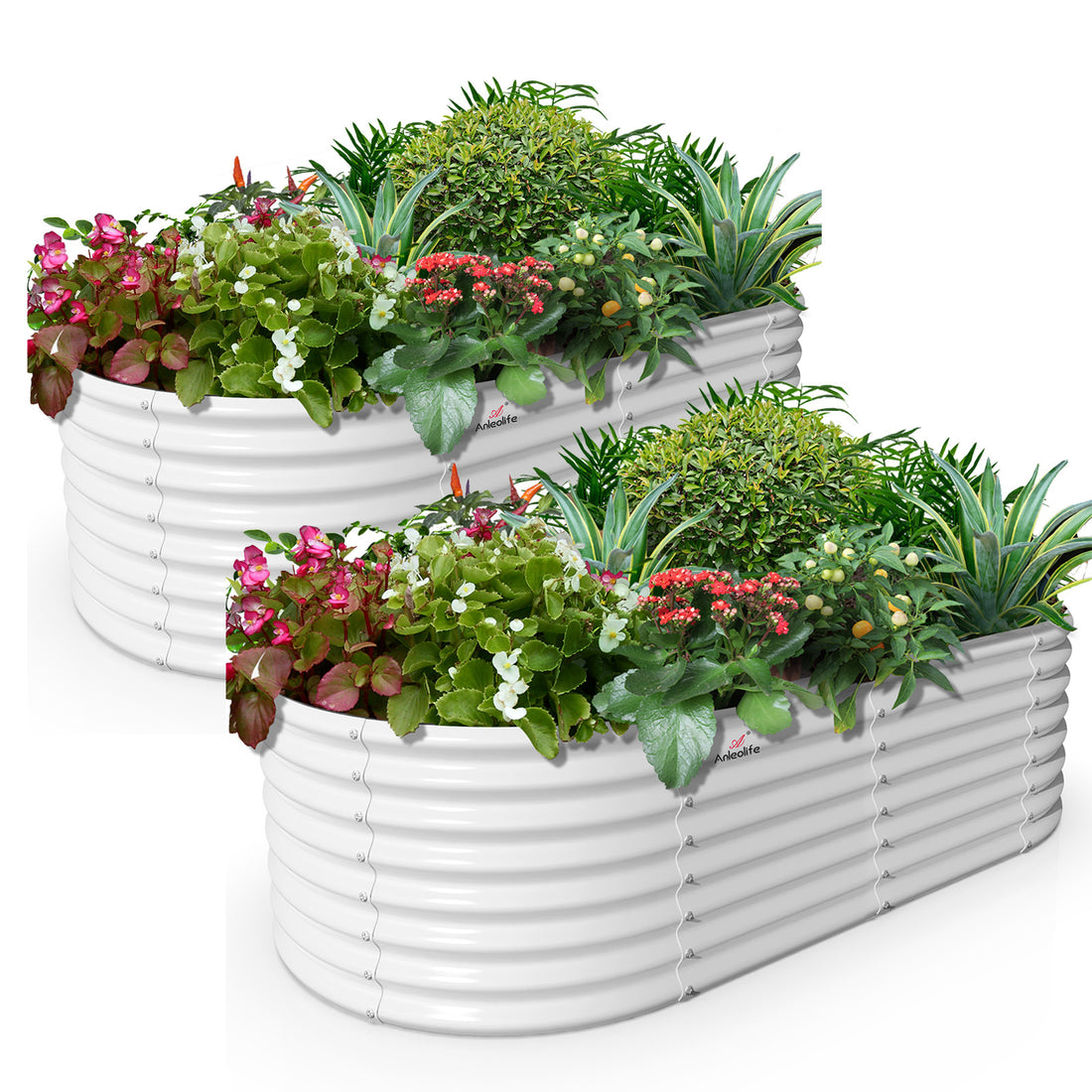Unlock the Secrets of Smoky Quartz: Transform Your Raised Beds into a Garden Paradise!
In the world of gardening, the quest for natural solutions and enhancements is ever-growing. One such fascinating mineral making waves is smoky quartz, a type of quartz known for its unique smoky hue and powerful properties. As more gardeners turn to natural minerals to enrich their soil and improve plant health, smoky quartz raised beds stand out for its multiple benefits in raised bed gardening. This article will explore how incorporating smoky quartz into your raised beds can lead to healthier plants, improved soil quality, and a more balanced ecosystem. Join me as we delve into the benefits, uses, and success stories surrounding this enchanting mineral!

The Benefits of Smoky Quartz in Gardening
Smoky quartz offers a plethora of benefits when incorporated into raised beds, making it a valuable addition for any gardener. First and foremost, this mineral is known to enhance soil quality. Its unique composition can help retain moisture, ensuring that your plants have access to the water they need without the risk of over-saturation. Additionally, smoky quartz is believed to have grounding properties that can promote a balanced ecosystem within your garden, encouraging healthy interactions between soil microbes and plant roots.
Another significant benefit is the improvement of plant health. Smoky quartz can help stimulate root growth and enhance nutrient absorption, leading to stronger, more resilient plants. This is particularly important for gardeners looking to cultivate vibrant vegetables and flowers. Furthermore, by incorporating smoky quartz into your raised beds, you can help reduce the occurrence of pests and diseases, as the mineral is known to create an environment that is less hospitable to harmful organisms.
Lastly, the aesthetic appeal of smoky quartz cannot be ignored. Its natural beauty can add a touch of elegance to your garden, blending seamlessly with the earth tones of soil and plants. Whether you’re creating a vegetable patch or a flower garden, incorporating smoky quartz can elevate the visual appeal and overall atmosphere of your outdoor space.
How to Use Smoky Quartz in Raised Beds
Incorporating smoky quartz into your raised beds is a straightforward process that can yield impressive results. Start by selecting quality smoky quartz crystals or granules, which can be found at gardening centers or natural stone suppliers. When preparing your raised bed, aim to mix the smoky quartz with your existing soil to enhance its properties. A good guideline is to use about 10-20% smoky quartz in relation to your soil volume, allowing for a balanced mixture that maximizes the mineral’s benefits without overwhelming the soil's natural composition.
To apply smoky quartz, begin by loosening your soil and removing any debris or large clumps. Then, evenly distribute the smoky quartz throughout the soil, mixing it in thoroughly to ensure an even distribution. It’s essential to do this before planting, as it allows the minerals to interact with the soil and promote optimal conditions for your plants right from the start.
After planting, keep an eye on your raised bed and make adjustments as necessary. You can replenish the smoky quartz annually or biannually to maintain its beneficial properties. Remember, the key is to observe how your plants respond, and adjust the quantity based on their needs and the specific conditions of your garden.
Additional Uses of Smoky Quartz in Gardening
Beyond its application in raised beds, smoky quartz has several other practical uses in gardening. For instance, its beautiful crystals can serve as decorative elements in pathways or around garden borders, adding an eye-catching feature to any outdoor space. Additionally, smoky quartz can improve drainage in gardens, especially in areas prone to waterlogging. By mixing smoky quartz into the soil or using it as a top dressing, gardeners can help ensure proper drainage and prevent root rot.
Moreover, smoky quartz is believed to have pest deterrent properties. Many gardeners have found that placing small pieces of smoky quartz around their plants can help keep unwanted pests at bay, creating a more favorable environment for growth. This natural approach to pest management aligns perfectly with the growing trend of organic gardening, allowing gardeners to protect their plants without the use of harsh chemicals.
Success Stories: Smoky Quartz in Action
Many gardeners have embraced smoky quartz, and their stories highlight its transformative effects. A friend of mine, Sarah, decided to incorporate smoky quartz into her vegetable garden last spring. Initially skeptical, she was amazed by the results. Her tomatoes grew larger and more flavorful than ever before, and she noticed a significant reduction in pest activity. Sarah shared her success with her gardening group, and many members were eager to try smoky quartz in their own gardens.
Another gardener, Mike, shared his experience with smoky quartz in his flower beds. He reported that the vibrant colors of his blooms were more pronounced, and the flowers bloomed earlier than they had in previous years. Mike attributes this to the enhanced nutrient absorption provided by the smoky quartz, which he mixed into the soil before planting his annuals. His garden became the talk of the neighborhood, inspiring others to explore the benefits of this intriguing mineral.
Enhancing Your Gardening Experience with Smoky Quartz
In summary, integrating smoky quartz into your raised beds can significantly enhance your gardening experience. From improving soil quality and promoting healthier plants to serving as an attractive decorative element, the benefits of smoky quartz are manifold. As demonstrated through personal anecdotes and success stories, many gardeners have seen remarkable transformations in their gardens by utilizing this natural mineral. So why not give smoky quartz a try in your own raised beds? Embrace the opportunity to enrich your gardening journey and discover the wonders that this unique mineral can bring to your outdoor space!











